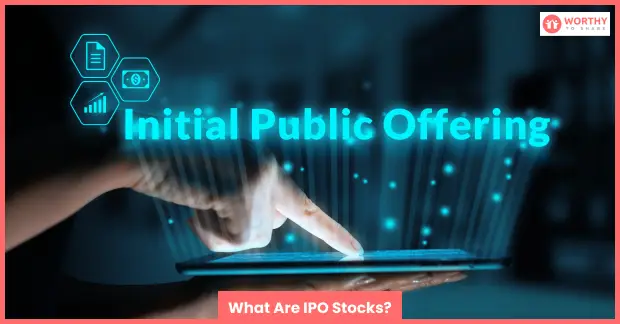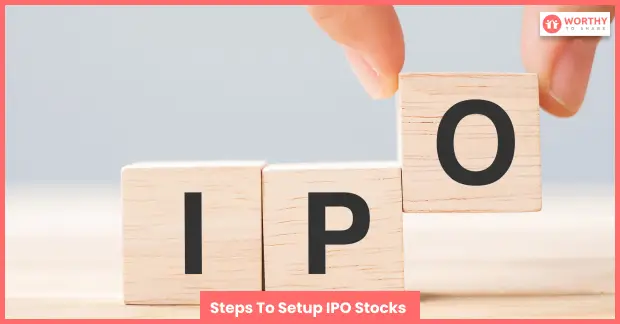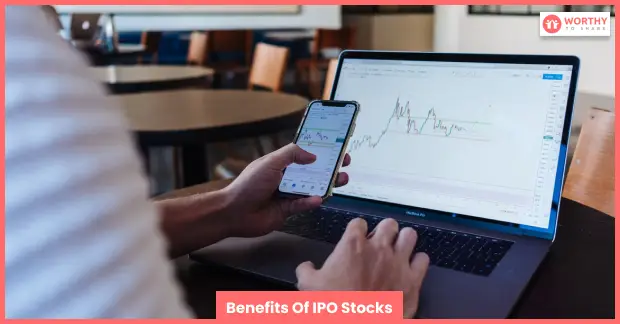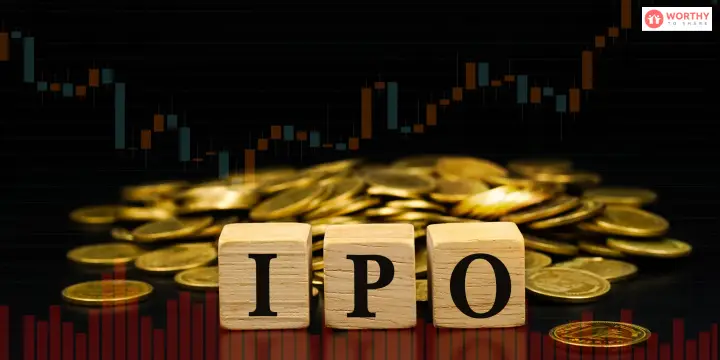Buying stocks from the stock market can be a risky deal. You never know whether it will be profitable. You will have to analyze the market first and be up to date with company news. This will help you judge whether buying their stocks is worth the investment.
However, IPO stocks are different from most other types of stock that you can invest in right now. These are stocks that are less riskier than other types of stocks. If you are interested in investing in such stocks, then continue reading to make the best investment that you can think of right now.
What Are IPO Stocks?

Initial Public Offering Stocks (IPO Stocks) are a type of stock that has become very popular. These are the initial common stocks private companies offer to interested investors when they transition from a public company to a private one.
Private companies are going public to offer these stocks to increase their capital and increase the range of operations. However, unlike ordinary shares of a private company, IPO stocks are significantly pricier because their main aim is to target potential investors who can invest a lot of money to increase their capital.
New companies on the stock market that are transitioning from private to the public typically take the help of an underwriter. This underwriter is responsible for securing and managing the registration process of the firm and calculating the value of defensive stocks in the public stock market.
Steps To Setup IPO Stocks

If you have a private company and are looking forward to increasing the capital available for business operations, you can set up IPO stocks in two phases. If you want people to invest in stocks, then they should have a reason to do so.
The first phase is regarded as the marketing phase of the IPO stocks. The company hires brokers to market its stocks to various other companies and individual investors. The second phase is the offering phase, where the company finally publicly puts up its shares in the stock market.
The process for setting up IPO stocks follow this process:
1. Hiring An Underwriter
The first step for a private company going public is to hire an experienced underwriter. This underwriter will help you present the proposals to investors and calculate the price of the shares.
2. Setting A Proposal
This phase involves estimating how many large cap stocks are required to perform well in the stock market and estimating the time needed to complete the process.
This will be presented to the company in the form of a write-up. After seeing the values set in this document, you will justify them. If you are satisfied with this proposal, you can hire the underwriter. Otherwise, try looking for a better underwriter who can provide more value on mid cap stocks.
3. Teaming Up
After hiring an underwriter, it is now time to form a team of professionals that will help you with the entire process. This involves creating a team that comprises of the following professionals:
- Underwriter
- Stock Market Lawyers
- Certified Public Accountants (CPA)
- Securities and Exchange Commission (SEC) Executives
4. Documentation
This process is essential because your company needs to document and file all the information about the firm for filing your IPO stocks. The most crucial document you should file is the S1 Registration Statement.
This document contains information divided into two parts – the prospectus and the filing information. This includes information on the firm’s private to public transition, along with the proposal set for the price and quantity of small cap stocks as deemed fit by the underwriter.
5. Marketing Updates
Now that the documentation process is over, it is time to market your stocks before it goes public for sale. This is the final revision process of the stock price and quantities set in the proposal set forth by the underwriter.
After the stocks get marketed, the underwriter reviews investors’ reactions and changes the price and quantity of the stocks. This allows them to change the price and amount of IPO stocks sold to better suit the demand of investors.
6. Boarding Directors
If your company does not have a board of directors, you need to make one now since the company is transitioning from private to public. Here, you need to hire an accountant to audit the prices of the shares and estimate how many benefits they can bring to the company.
7. Issuing Shares
After setting up a fixed date during the documentation process, the new stocks on the market are finally made available in the public stock market.
Benefits Of IPO Stocks

The main benefits of IPO stocks are:
Capital Increment From Public Investments
Going public significantly increases the capital that is available to the public compared to others like blue chip stocks. This is good for the firm because it can now expand its business and undertake more extensive operations.
Company Exposure
Going public makes the company more commonly recognized and known in the stock market. This increases the chance of gathering more interested famous investors, whose inclusion can boost the firm’s public image.
Increased Transparency
Since your company is now public, you need to publish public documents that reveal your company’s earnings and financial performance. This increases the transparency of your firm’s performance, a factor that many customers and investors prefer.
Limitations Of IPO Stocks

The main drawbacks of issuing IPO stocks are:
Costs Of IPO Stocks
Setting up and releasing IPO stocks in the market are pretty expensive. This can be a turn-off for many companies since the documentation process is so costly that it’s not worth the financial troubles involved.
Prices OF IPO Stocks Fluctuate A Lot
Since penny stocks and IPO stocks are now public, it has to abide by the rules and fluctuations of the general stock market. Therefore, any factor that increases the firm’s performance or lowers it will dictate and change the price of the IPO stocks issued.
Risks And Future Prospects Of IPO Stocks

We highly recommend buying IPO stocks to gain better returns on investments. However, this only applies to private companies that are going public. Before you make an investment, make sure that you have studied the history and performance of the company to make a sound judgment. You also need to be knowledgeable about the various types of stocks in the market.
We recommend checking out newly public companies like Hargreaves Lansdown’s IPO stocks.
Frequently Asked Questions:–
Ans: IPO Stocks IPO stands for Initial Public Offering.
Ans: Yes, buying IPO stocks can be an excellent investment.
Ans: This refers to buying IPO stocks to get dividends as returns, which increases if the company performs well.
Ans: Yes, anyone with good money can buy IPO stocks.
Conclusion
When a private company transitions to a public company, it can issue IPO stocks to raise the equity and capital of the firm. Investing in IPO stocks can be a good idea if you want good returns on investment. However, IPO stocks come with a higher price tag than typical stocks. This is because the primary motive to issue IPO stocks is to increase the available capital for running and expanding the firm’s operations.
However, before you decide to invest in IPO stocks, conduct extensive research to measure their value and future performance potential in the market.
Disclaimer: Dear readers, please note that investing in the stock market can be risky since the price of shares is constantly fluctuating. This article provides a basic understanding of IPO stocks. Please invest at your own risk and conduct market research beforehand.
Read Also:
















